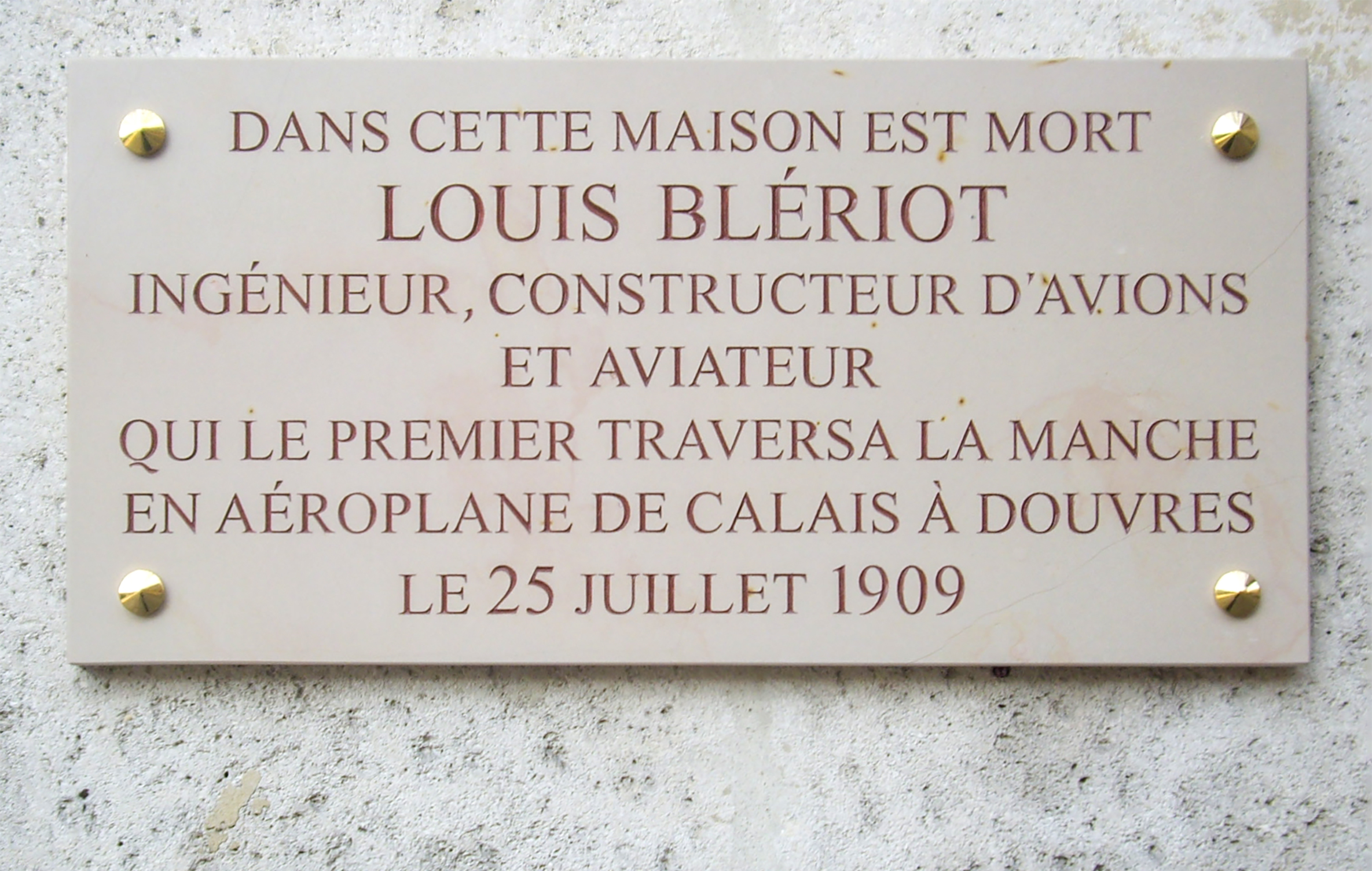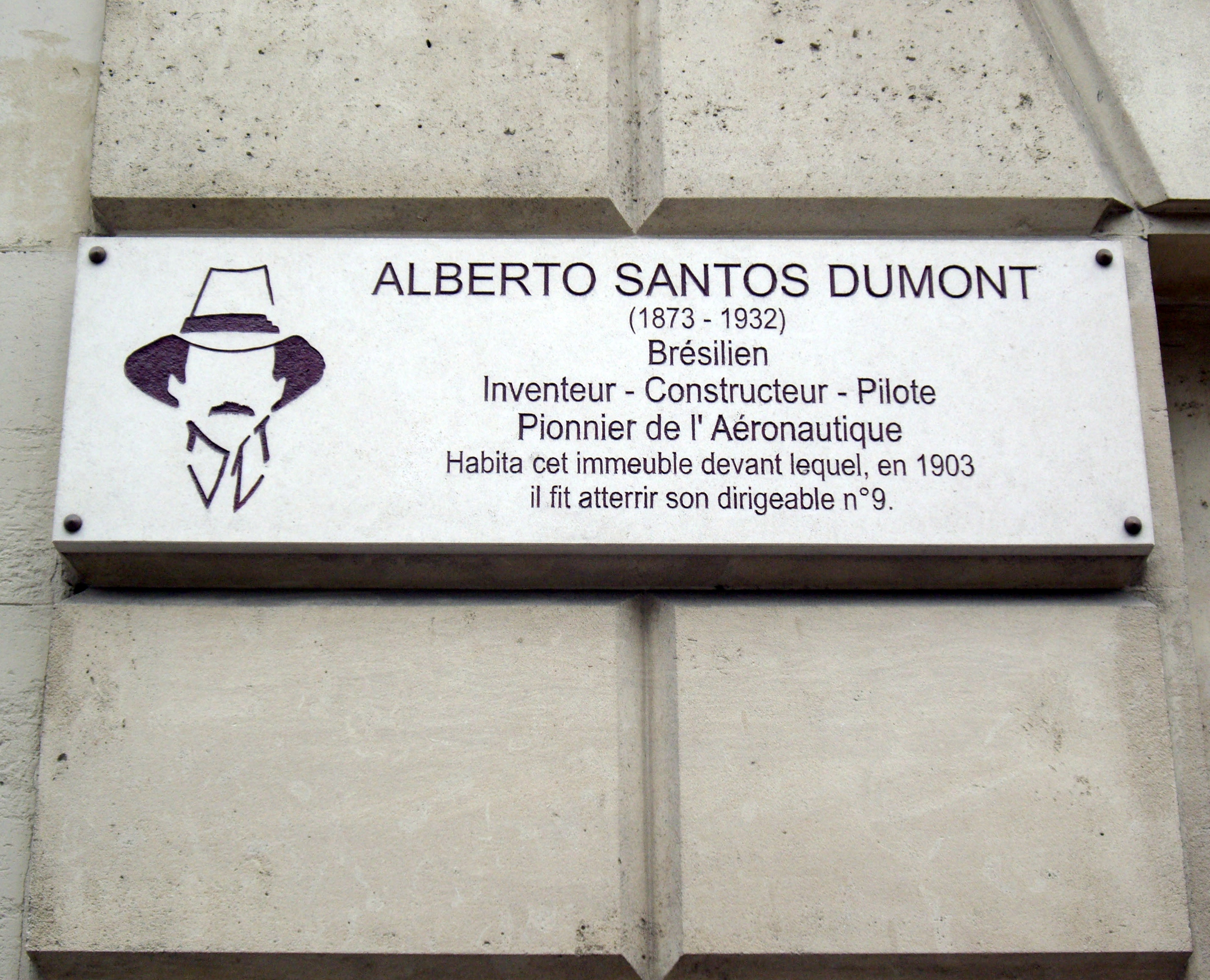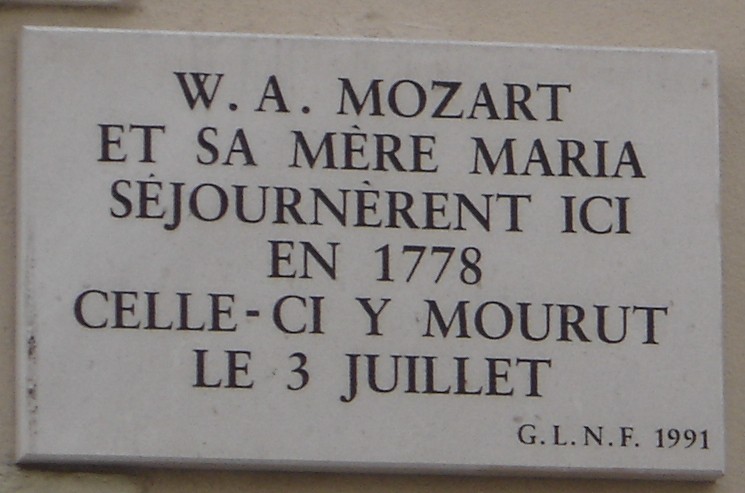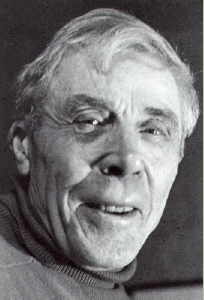| | ||
| | |  |
Wikipédia fr:Louis Blériot
Wikipedia En:Louis Blériot
Copyrights: Images hotlinked from Wikipedia Commons retain their licences. All other pictures are CC-BY-NC-SA, Serendiparis, 2001-2012
Findings in and on Paris, mainly plaques, with an emphasis on non French people who lived and loved in the city over the centuries. Endeavor to post on anniversary dates of births, deaths, coronations, or other events.
| | ||
| | |  |
| Ernest Miller Hemingway was born 21 July 1899. He won the Nobel Prize in Literature in 1954. He published seven novels, six short story collections and two non-fiction works. Three novels, four collections of short stories and three non-fiction works were published posthumously. A foreign correspondant for American papers, he lived in Paris, near place de la Contrescarpe, for one and a half year with his first wife Hadley (plaque). Details in wikipedia. His apprenticeship as a young writer in Paris during the 1920s are the subject of his memoirs A Moveable Feast, published posthumously; some of the later prominent people who are featured in his memoirs include Aleister Crowley, Ezra Pound, F. Scott Fitzgerald, Ford Madox Ford, Hilaire Belloc, Pascin, John Dos Passos, Wyndham Lewis, James Joyce and Gertrude Stein. He stayed in Paris an number of times thereafter. Most notably, he was present at the Liberation of Paris on 25 August 1944. |  |
| | ||
| | |  |
| | ||
| | |  |
| | ||
| Ici vécut de 1743 à 1782 Henry-Louis Duhamel du Monceau membre de l'académie des sciences inspecteur général de la Marine initiateur de l'agriculture moderne et de la foresterie. | | |
| | ||
| Le poète chilien Pablo Neruda (1904-1975) ambassadeur du Chili prix Nobel de littérature habita cette maison entre 1931 et 1975 | The Chilean poet Pablo Neruda (1904-1975) ambasador of Chile, Nobel Prize for Literature, lived here between 1931 and 1975. |  |
| | ||
| | John Adams, 2nd President of the United States of America, 1797-1801, one of the key Founding Fathers of the United States independance, and his son John Quincy Adams, 6th President, 1825-1829, lived in this hotel, August 1784 - May 1785. | |
| | ||
| "Ne s'éteint que ce qui brilla... Lorsque tu descendais de l'hôtel Istria Tout était différent rue Campagne Première, En mil neuf cent vingt neuf, vers l'heure de midi...", Louis Aragon (Il ne m'est Paris que d'Elsa). Association La Mémoire des Lieux | "Only what has been bright can fade away… When you used to come to hôtel Istria every thing looked different in street Campagne Première, in nineteen hundred and twenty nine, around noon time…", Louis Aragon (Il ne m'est Paris que d'Elsa). The Memory of Places Society |  |
| |
||
|
|
"I have not begun to fight". John Paul Jones, captain the United States Navy, Knight in the Ordre du Mérite militaire, one of the American Independance war heroes, died here, 18 July 1792. |

|
|
|
||
|
John Paul Jones, fondateur de la marine américaine. Né en Ecosse 1747, mort à Paris 1792. Inhumé ici pendant plus d'un siècle dans un cimétière protestant. Ses restes mortels ont été transportés à Annapolis en 1905. The Huguenot Spociety of America - Société d'histoire du protestantisme français, 1935 [Plaque probablement jamais posée] | John Paul Jones, founder of the American Navy. Born in Scotland, 1747. Died in Paris, 1792. Interred for more than a century here, in a cemetery for Protestants. His bodily remains were transferred to Annapolis in 1905. The Huguenot Society of America - Société d'histoire du protestantisme français, 1935 [Plaque probably absent, never laid] |
|
| | ||
| Les comtesses hongroises Blanche de Teleki (1806-1862) et Emma Teleki de Gérando (1815-1893), écrivains, révolutionnaires et patriotes, éminentes représentantes de l'amitié franco-hongroise, vécurent dans cette maison. | |  |
| | ||
| Memoriae D.Annae Mariae Mozart quae mater viri fuit celeberrimi [sic] Wolfgangi Amadei Mozart Nata est clarissima femina in vico Sancti Aegidii principatus Salisburgensis Austriae in Natali Domini MDCCXX Obiit Lutetiae Parisiorum tertio nonas julias MDCCLXXVIII Dedicavit civitas Salisburgensis A.D. MCMLIII | | |
| | ||
| et sa mère Maria séjournèrent ici en 1778. Celle-ci y mourut le 3 juillet. G.L.N.F. 1991 | W. A. Mozart and his mother Maria lived here in 1778. She died here on July 3rd. G.L.N.F. 1991 |  |
| le peintre Eugène Paul, dit Gen Paul, est né le 2 juillet 1895 dans une maison de la rue Lepic (Paris XVIIIe), peinte par Van Gogh. Souvent qualifié d'« expressionniste » et de « peintre de Montmartre », ce qui est assez réducteur, cet auto didacte était aussi gouachiste, dessinateur, graveur et lithographe. Il reçut la Légon d'Honneur en 1934. Il a notamment voyagé aux Eatts-Unis où il a peint des jazzmen et musiciens classiques, un sujet qu'il affectionnait. Il a été un ami de Louis-Ferdinand Céline. Il est mort le 30 avril 1975 à Paris. Born as Eugène Paul in a house in Montmartre on the Rue Lepic painted by Van Gogh, Gen Paul (July 2, 1895 – April 30, 1975), was a French painter and engraver. Due to the dynamism and motion inherent in his paintings, some consider Gen Paul to be the first action painter, a precursor to the abstract expressionists of the 1950s. In 1934, he was awarded the Legion of Honor. In addition to painting scenes from his native Montmartre, including that of his friend, composer Darius Milhaud, Gen Paul travelled to the United States where he painted jazz and classical musicians, a subject with which he had much interest. |  |
| | ||
| artiste peintre et graveur français a vécu et créé dans cette maison de 1917 à 1975 | |  |